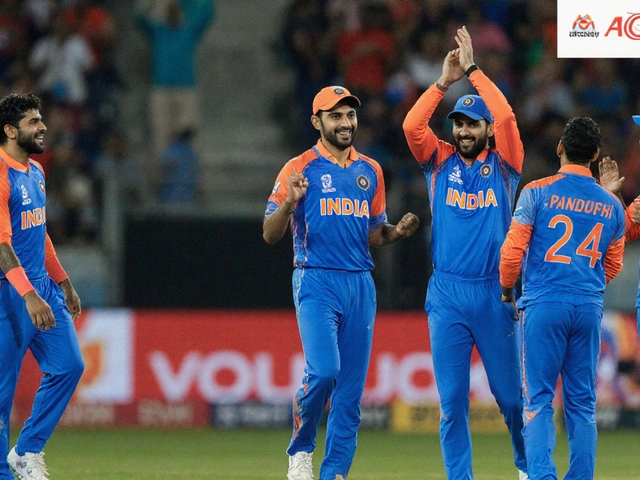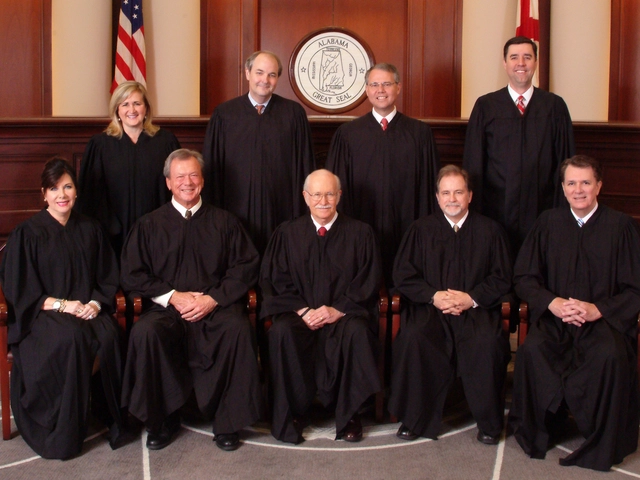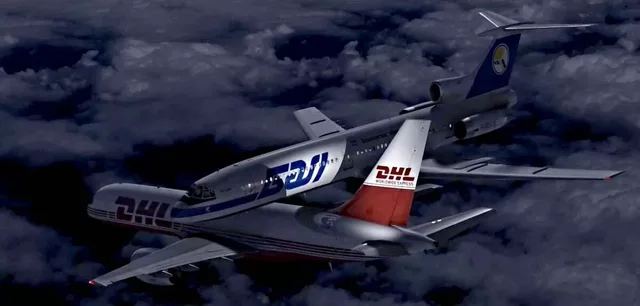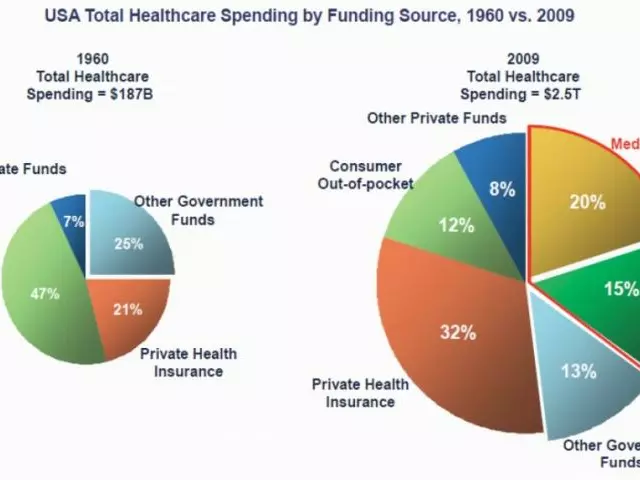India Crushes Bangladesh by 41 Runs to Book Asia Cup 2025 Final Spot
September 26 2025Mid‑Air Collision – What It Is and Why It Matters
A mid-air collision happens when two aircraft hit each other while flying. It’s rare, but when it occurs the results can be disastrous. Understanding why these accidents happen helps the aviation community keep the skies safer for everyone, from commercial pilots to hobbyists.
Common Causes of Mid‑Air Collisions
Most collisions stem from a breakdown in communication or a lapse in situational awareness. Pilots might miss a traffic advisory on their cockpit display, or air traffic control could give conflicting instructions. Weather can also play a role—low visibility makes it harder to see nearby planes, and turbulence can push an aircraft off its expected path.
Another frequent factor is the failure to follow right‑of‑way rules. In uncontrolled airspace, pilots are expected to keep a safe distance, but if one pilot decides to cut in too close, the risk spikes. Finally, technology glitches—like a faulty transponder—can hide an aircraft from radar, leaving others blind to its presence.
How the Industry Prevents Collisions
The aviation world fights back with layers of safeguards. Air traffic controllers track every flight on radar and give pilots course corrections when needed. Onboard, most aircraft carry TCAS (Traffic Collision Avoidance System), which alerts crews to nearby traffic and suggests maneuvering steps.
Regulators also set strict altitude and route rules. For example, certain flight levels are reserved for east‑bound traffic and others for west‑bound, reducing the chance of head‑on encounters. Pilots undergo regular training on collision avoidance, practicing scenarios in simulators to build muscle memory.
Modern aircraft use ADS‑B (Automatic Dependent Surveillance‑Broadcast) to share precise GPS positions with other planes and ground stations. This data provides real‑time traffic info, giving pilots a clearer picture of who’s nearby. Combined with simple habits—like regularly scanning the sky and announcing position—these tools have cut collision rates dramatically over the past decades.
While technology and rules have improved safety, the human element remains key. Staying alert, following procedures, and communicating clearly are the cheapest and most effective ways to keep the airspace collision‑free.
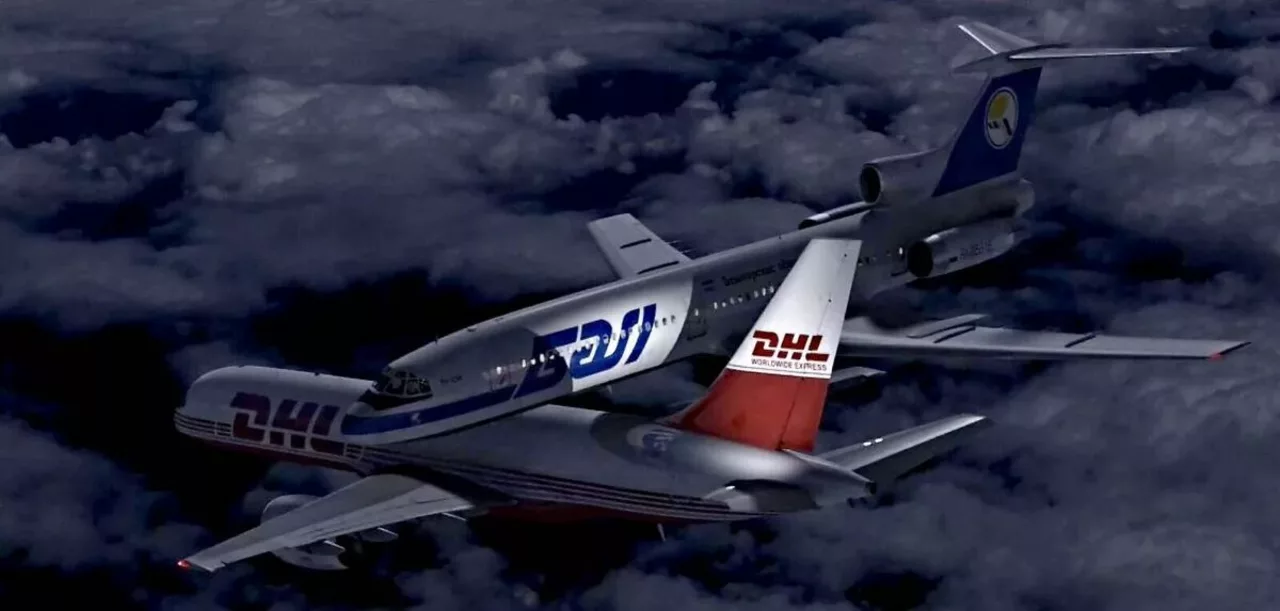 1 May
1 May
Can 2 planes collide mid air?
As a blogger, I recently researched the frightening possibility of two planes colliding mid-air. While it's rare, mid-air collisions can and have happened in the past, mostly due to human error or miscommunication. However, modern technology like the Traffic Collision Avoidance System (TCAS) has significantly reduced the risk of such accidents. Air traffic controllers and pilots also follow strict protocols to maintain safe distances between planes. So, although there is a slight chance of mid-air collisions, the aviation industry has made great strides in ensuring our safety while flying.
Read More...